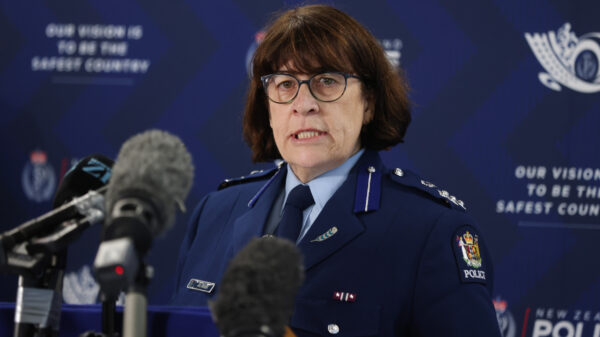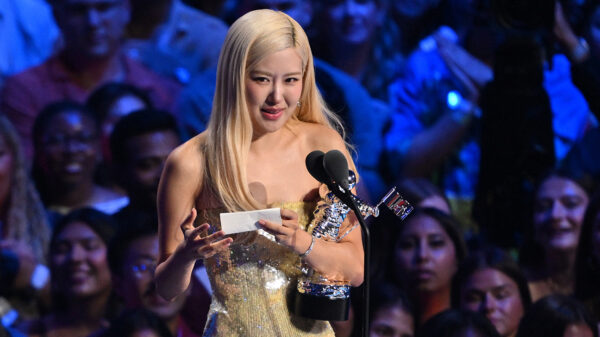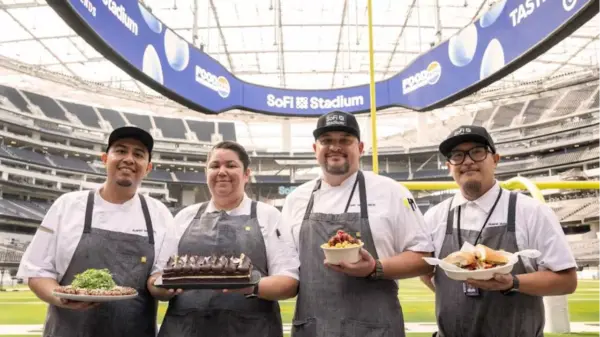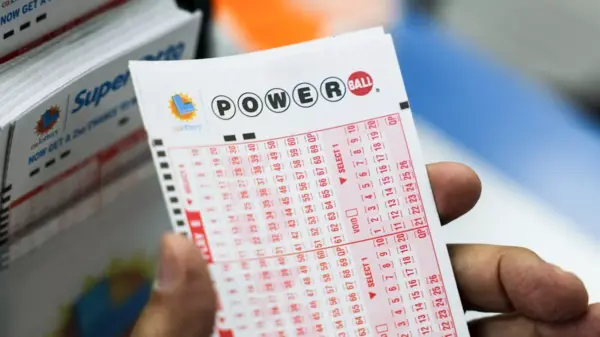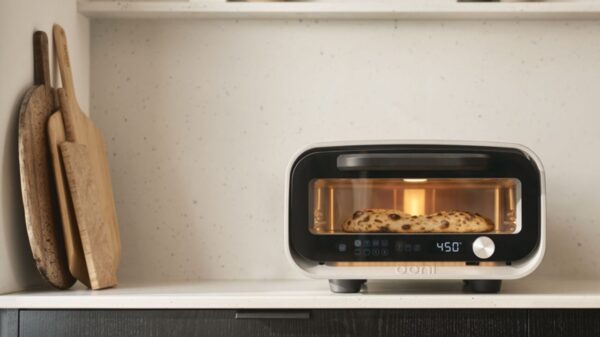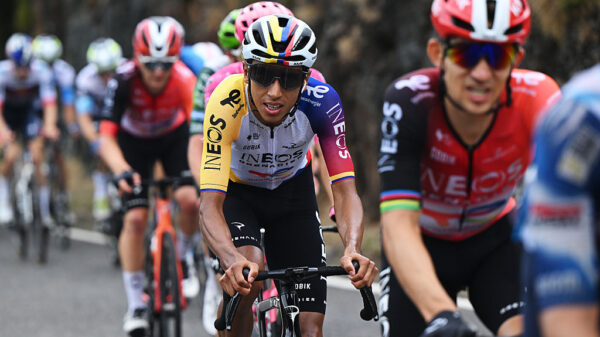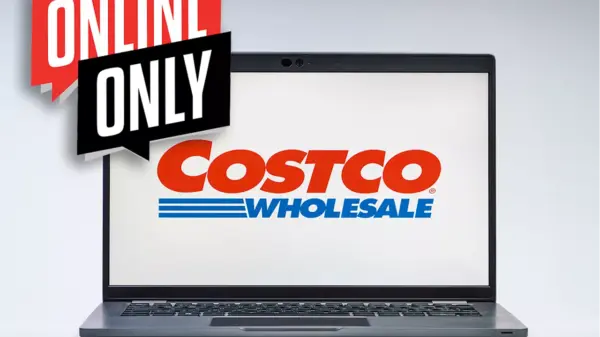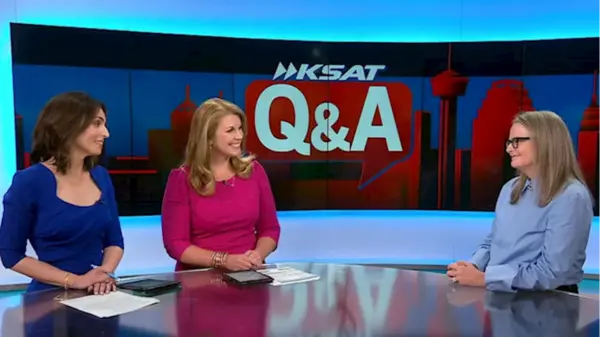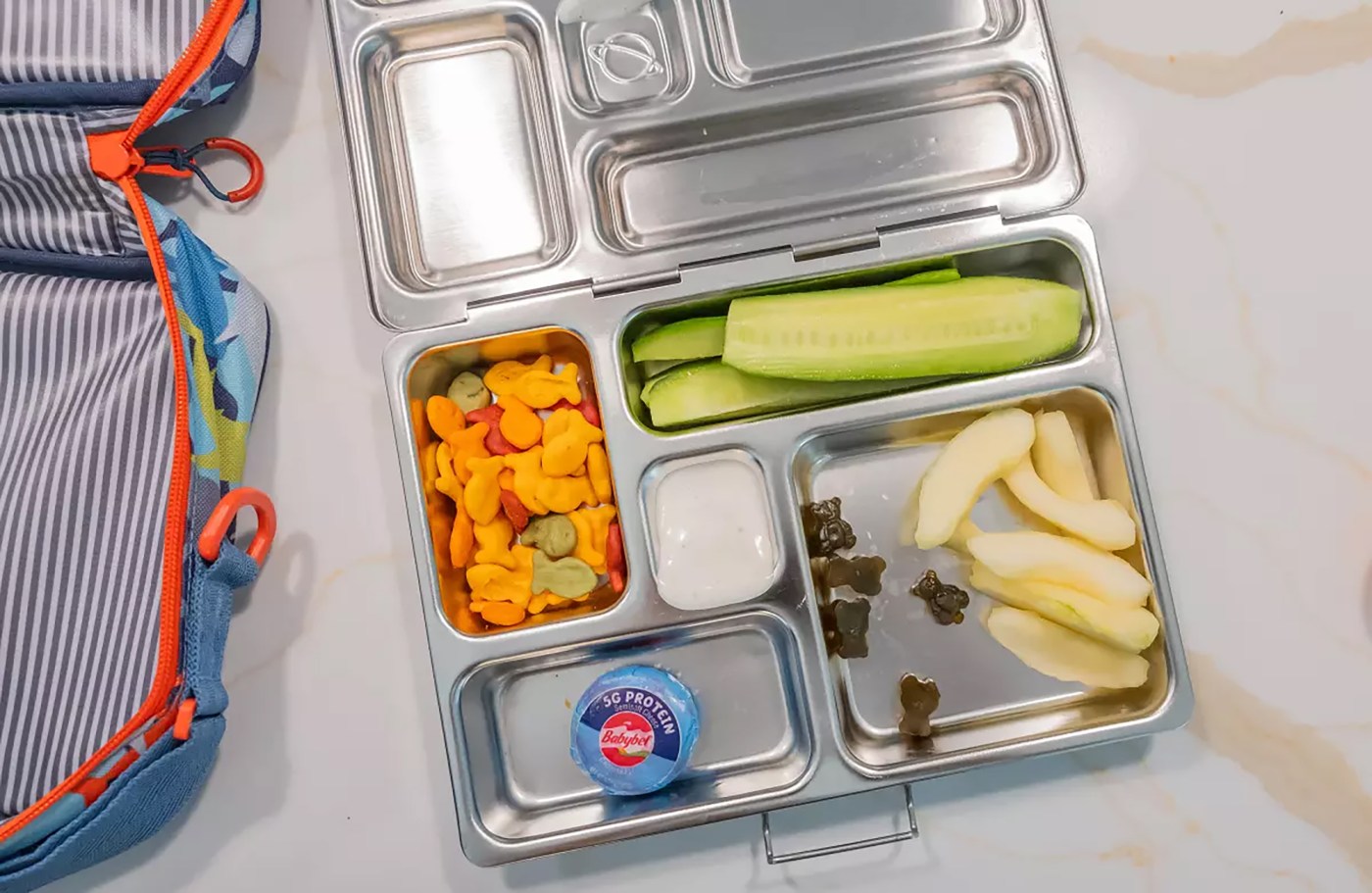Packing school lunches is often a daunting task for parents, particularly as children transition from preschool to kindergarten. For parents like Rebecca Zeitlin from Los Angeles, the challenge lies in ensuring that their children eat the food provided. Zeitlin observes that her son, despite being uninterested in a peanut butter and jelly sandwich at home, willingly consumes it when included in a lunch box alongside fruits and a small treat. As her son begins his kindergarten journey, she is exploring new lunch ideas, prepared with a mix of familiar staples such as chicken nuggets and pasta, paired with fruits like strawberries and watermelon.
The excitement of a new school year often brings anxiety for both children and parents. As noted by Anet Piridzhanyan, a clinical dietitian at Children’s Hospital Los Angeles, parents frequently worry when their child returns home with uneaten food. The visual appeal of lunch can significantly influence a child’s willingness to eat. Social media platforms such as TikTok and Instagram showcase creative lunch ideas, emphasizing the importance of presentation in making meals more enticing.
Strategies for Successful Lunch Packing
Registered dietitian Lori Russell from the Mayo Clinic advises parents to focus on simplicity when packing lunches. She recommends offering one main item accompanied by two or three snacks, which may include options like carrot sticks or an apple, alongside a small treat. Overloading lunch boxes can lead to unnecessary stress for both parents and children.
It is beneficial for parents to introduce new foods slowly, pairing them with items their children already enjoy. Piridzhanyan emphasizes the importance of consistency, suggesting that parents rotate through the five food groups weekly, incorporating a variety of fruits, vegetables, grains, proteins, and dairy. This method not only diversifies the child’s diet but also helps them become accustomed to new tastes in a less pressured environment.
Choosing the Right Lunch Container
The choice of lunch container can also play a significant role in a child’s lunch experience. Parents are encouraged to select containers that are easy for their children to open and carry. Russell mentions that the enjoyment of using a lunch box can motivate children to engage with their meals. Many parents gravitate toward compartmentalized containers, such as the PlanetBox, which have gained popularity on social media due to their practicality.
Gabriella May, a parent from Fresno, has documented her daughter’s lunch experiences on TikTok as she transitioned from kindergarten to fifth grade. May highlights the benefits of introducing new foods at school, where the absence of parental oversight reduces pressure on children to eat. This approach can foster independence and help children develop their tastes over time.
Parents are encouraged to communicate with their children about their lunch preferences and experiences. Asking why certain foods were or were not consumed can provide insights into potential issues, such as the texture of food or its freshness. Engaging with teachers can also yield helpful observations about how food is stored and presented throughout the school day, which can assist in planning meals that remain appealing.
Presentation, while important, does not require excessive effort. Simple touches, such as using a cookie cutter on sandwiches or including a small note, can elevate the lunch experience without overwhelming parents.
As the school year progresses, Zeitlin looks forward to when her son learns to read. She plans to include encouraging notes in his lunch box, having kept a collection of dad jokes for this purpose. With thoughtful preparation and an understanding of their children’s preferences, parents can turn the often-challenging task of packing lunches into an enjoyable routine that supports their children’s nutritional needs and preferences.



